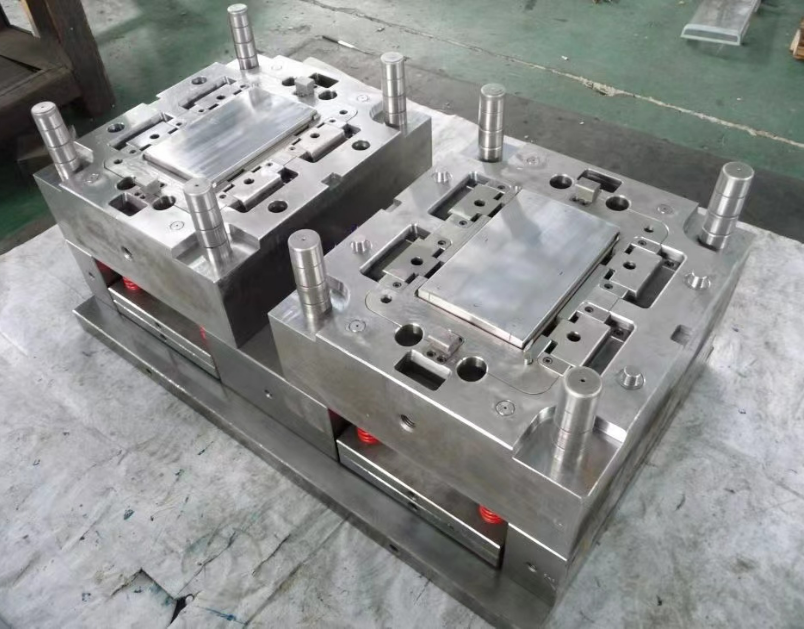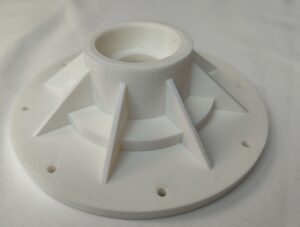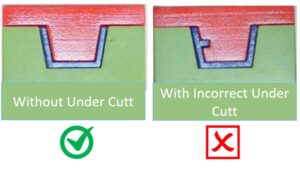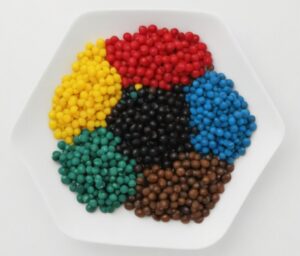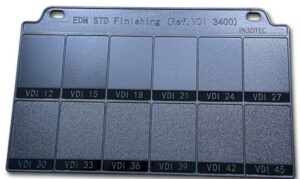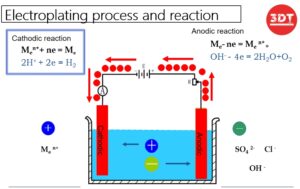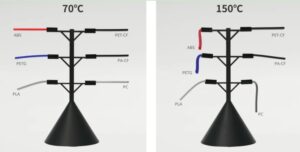Common Materials Used for Injection Molds
In the world of manufacturing and plastic production, injection molding plays a vital role in creating a wide range of products we use every day. Central to the success of injection molding is the selection of the right materials for the molds. These molds are responsible for shaping and forming the molten plastic into the desired product, making the choice of materials crucial for achieving desired outcomes.
In this blog series, we will explore the common materials used for injection molds.
Traditional Injection Mold Materials
- Steel: The most widely used materials in injection molds are high-quality cold work mold steel, hot work mold steel, and alloy tool steel. They have high hardness, good machinability, and features such as wear resistance and impact resistance, making them suitable for the production of large quantities of products.
- Aluminum alloy: Compared to steel, aluminum alloy injection molds have lower costs, lighter weight, and good thermal conductivity. They are suitable for small-scale production, rapid mold development, and prototype molds. However, aluminum alloy has relatively lower hardness and is prone to damage.
- Copper: Copper has a longer service life than steel, good corrosion resistance, and is suitable for processing products with high precision requirements.
New Types of Injection Mold Materials
- Titanium alloy: Titanium alloy has very high strength, hardness, and wear resistance, as well as good corrosion resistance and thermal conductivity. It has significant advantages in producing high-precision, large-scale products.
- Ceramic materials: Ceramic injection molds have extremely high hardness, high temperature resistance, deformation resistance, corrosion resistance, and long service life. They are suitable for the production of products resistant to high temperatures and ultra-high pressure.
How to select the right material?
In practical applications, the selection of injection mold materials should be based on the specific production environment and workpiece requirements, taking into account various factors, including:
- Production quantity and cycle
- Product dimensions, materials, and precision requirements
- Factors such as temperature and pressure in the production environment
- Mold cost and production efficiency, etc.
In conclusion, the selection of injection mold materials should consider multiple factors and make the most suitable choice based on the actual situation to ensure the production of high-quality, efficient, and safe plastic products.

